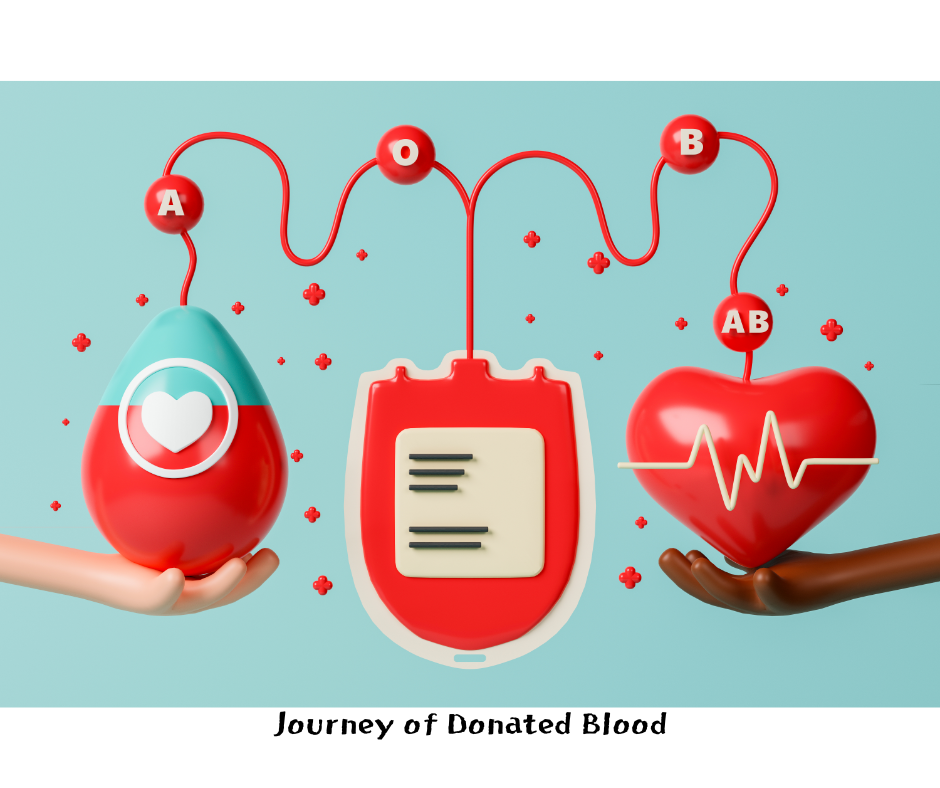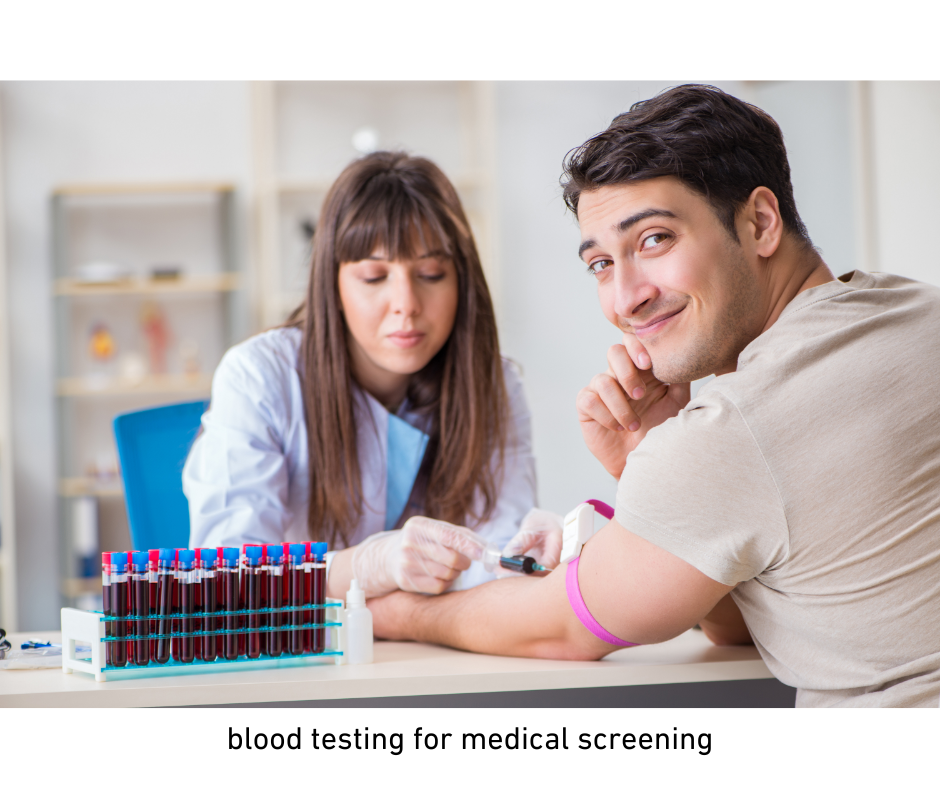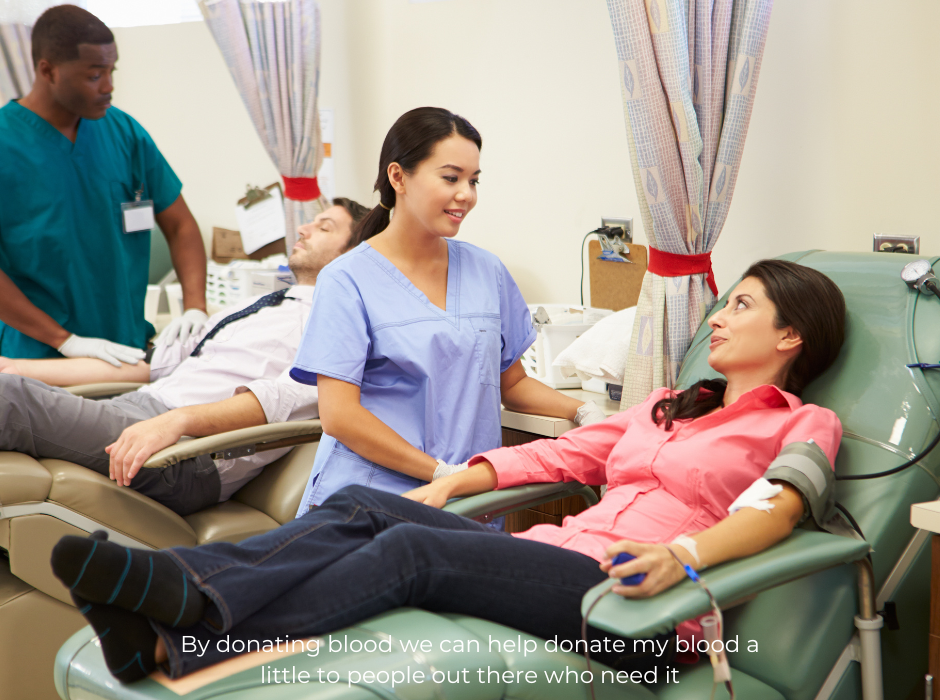Summertime is synonymous with relaxation, vacations, and a break from the routine. But what if you could add a lifesaving activity to your summer plans? Blood donation is a simple act that can make a significant difference in someone’s life. This article will guide you on how to incorporate blood donation into your holiday plans and make your summer truly lifesaving. We’ll explore the need for blood donations during the summer, how to plan your donation, and the impact of your contribution.
The Need for Blood Donations in Summer
During the summer months, blood donations often decrease due to vacations and school breaks, while the need for blood remains constant. According to NPR, hospitals and clinics often face blood shortages during this time, impacting patient care.
Blood is a critical resource in healthcare, used in a variety of treatments from surgeries to cancer therapies. It’s also essential for emergency care, providing life-saving support to accident victims. However, blood has a limited shelf life, which means regular donations are necessary to maintain a stable supply.
Unfortunately, the summer season often sees a dip in donations. With schools out and families on vacation, fewer people make it to donation centers. This drop in donations can lead to shortages, making it harder for healthcare providers to deliver the necessary care to patients.
Planning Your Donation
Incorporating blood donation into your summer plans is easier than you might think. Most blood donation centers allow appointments to be booked in advance, ensuring that you can donate at a time that suits your holiday schedule.
Before you donate, there are a few things you should keep in mind. It’s important to have a good meal before your appointment and stay hydrated, especially in the summer heat. You should also avoid heavy physical activity both before and after your donation.
Remember to bring a form of ID with you to the donation center, and if you’re a regular donor, bring your donor card as well. The staff at the center will guide you through the process and make sure you’re comfortable throughout your donation.
Making a Day of It
Why not make a day of your donation? Plan a relaxing activity for after your donation, like a picnic in the park or a movie night at home. Not only will you have something to look forward to, but you’ll also be giving your body time to recover.
You could also make the donation a group activity. Encourage your friends or family to donate with you and make a day of it. It’s a great way to spend time together, and you’ll all be making a difference in the process.
The Impact of Your Donation
Each blood donation can save up to three lives. As reported by The New York Times article, blood donations are crucial for surgeries, cancer treatment, chronic illnesses, and traumatic injuries. By donating blood, you’re making a significant impact on the lives of others.
Your donation can help a wide range of patients. It could support a child battling leukemia, a mother giving birth, a grandfather undergoing heart surgery, or a neighbor recovering from a car accident. The need for blood is universal, but the supply is not. That’s where donors like you come in.
Conclusion
Incorporating blood donation into your summer plans is a meaningful way to give back to your community. It’s a simple act that can save lives and make your summer truly memorable. So why not add ‘blood donation’ to your holiday to-do list? Your lifesaving summer awaits!
Remember, blood donation isn’t just a one-time thing. Regular donations are needed to maintain a stable blood supply. So even after the summer ends, consider making blood donation a regular part of your life. Your continued generosity can make a world of difference.




